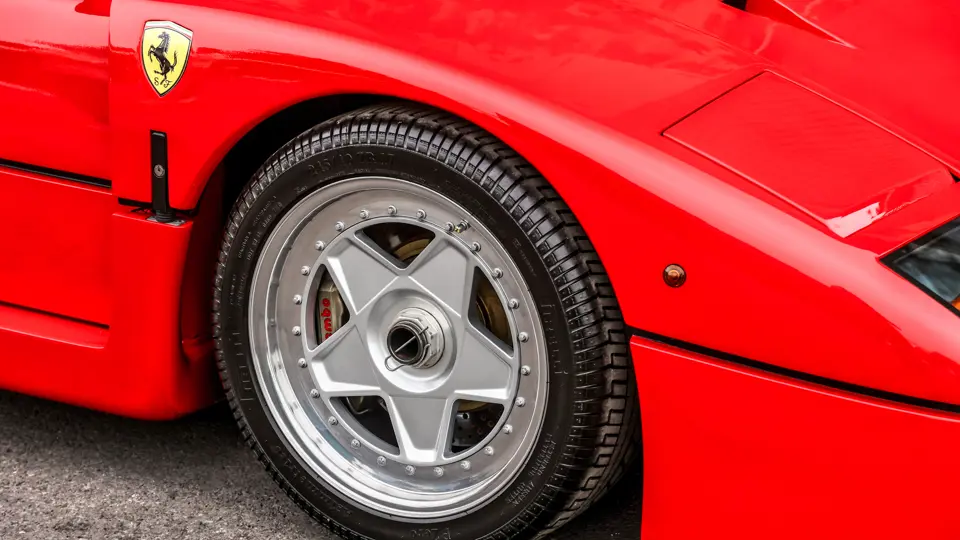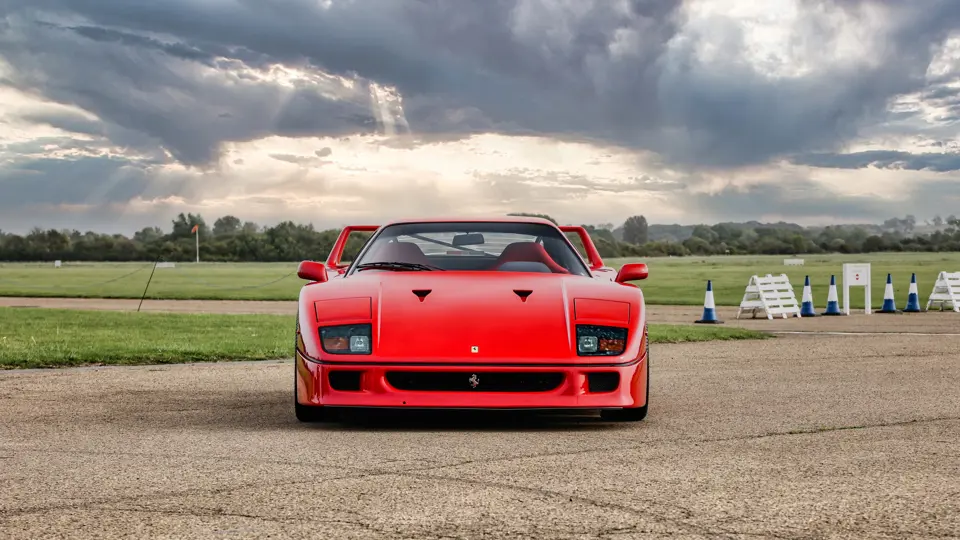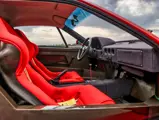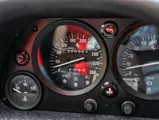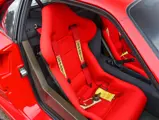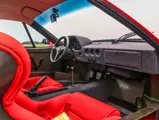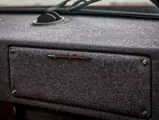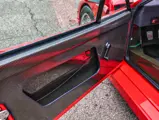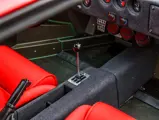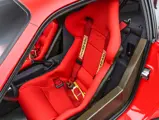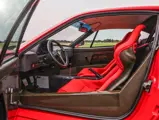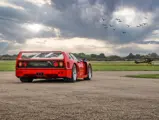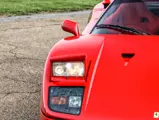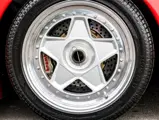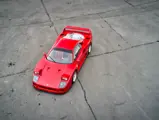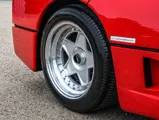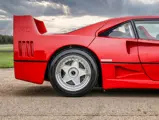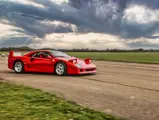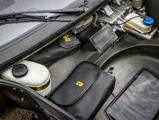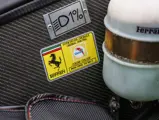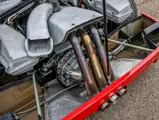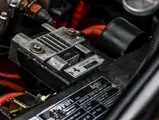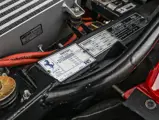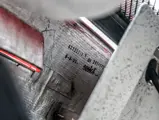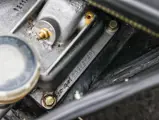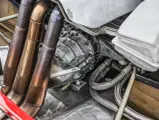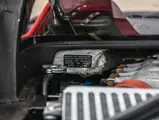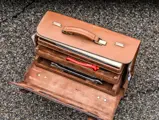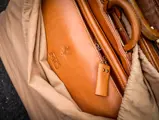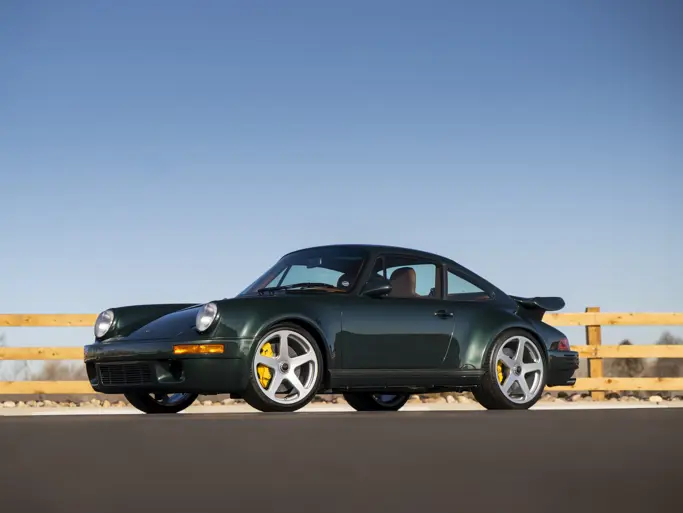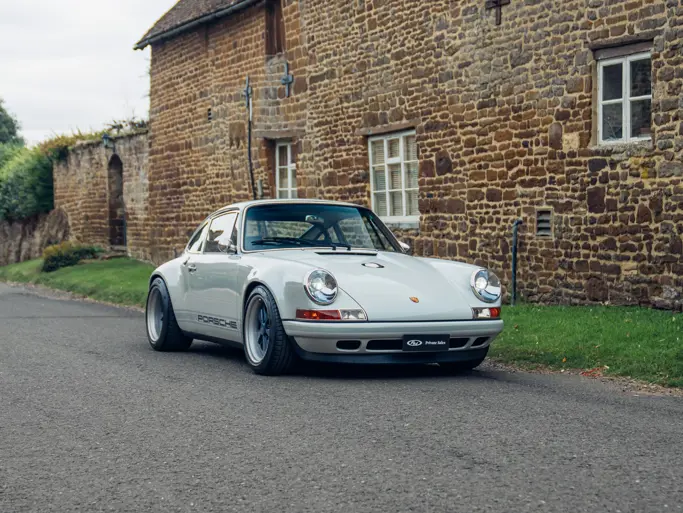
1990 Ferrari F40
{{lr.item.text}}
£1,962,500 GBP | Sold
{{bidding.lot.reserveStatusFormatted}}
- An early European market "cat, non-adjust" example
- First delivered in October 1992 via Distributor Sport Car Center S.r.l
- Serviced by Carrs Ferrari of Exeter in October 2022; just 12 kilometres covered since
- Ferrari Classiche certified; accompanied by its coveted “Red Book”, items of fitted luggage by Schedoni, tool roll, and owner's manual
- Odometer reads just 20,967 kilometres at the time of cataloguing
If ever a car embodied the fundamental ethos of Ferrari, it is the F40—a gloriously uncompromising fusion of superlatives and extremes. Indeed, apart from the fabled 250 GTO, it remains perhaps the most recognisable of all Ferraris as its outlandish Pininfarina-styled bodywork renders it distinct from any other design. Originally conceived to celebrate the 40th anniversary of Ferrari’s first car, the 125 S, it was also the final model presided over by Enzo Ferrari prior to his death in 1988. Yet paradoxically, while it heralded the end of an era in Maranello, the F40 was simultaneously instrumental in the establishment of another: that of the modern supercar.
Just as with its arch-rival the Porsche 959, the F40’s design was rooted in the free-thinking—if ill-fated—Group B regulations of the mid-1980s. Ferrari had homologated its 288 GTO as long ago as January 1985, but the cancellation of Group B at the end of 1986 effectively left its newly developed 288 GTO Evoluzione without an arena in which to compete. Thus, the decision was taken to utilise the programme as the basis for a new, no-frills, road-legal supercar, the introduction of which would coincide with Ferrari’s significant upcoming anniversary.
To ensure continuity, the 288 GTO’s Chief Engineer, Nicola Materazzi, was retained for the nascent F40 programme. Indeed, much of the technical composition of the new car was borrowed from the old, the F40’s steel spaceframe being of identical wheelbase to the GTO, albeit newly reinforced with bonded carbon fibre inserts to strengthen the cockpit area in particular. Furthermore, the basic engine design of the GTO was retained, but with a marginally wider bore and shorter stroke in F40-specific, Tipo F120A guise. These modifications increased power from 400 to some 478 horsepower at 7,000 rpm, while torque improved from 366 pounds-feet at 3,800 rpm to 426 pound-feet at 5,400 rpm. Finally, the F40 employed both the same five-speed gearbox and basic double-wishbone suspension layout as the GTO, the former being modified to accept a revised set of ratios.
The resulting performance was predictably spectacular, with 60 mph achieved in barely four seconds en route to a top speed of 201 mph. Significantly, the latter figure rendered it the world’s fastest production car of which more than 500 units had been manufactured; some 1,315 chassis were eventually constructed between 1987 and 1992. Central to this performance capability was the car’s comparatively modest weight of just over 1,200 kilograms, a figure facilitated by the omission of creature comforts. Following its crash diet, the F40 weighed 300 kilograms less than the contemporary Ferrari Testarossa.
According to an accompanying report compiled by marque expert Marcel Massini, construction of chassis 86097 commenced at Maranello on 5 July 1990, with factory completion achieved just under three months later on 25 September. As with all factory-delivered F40s, the car was finished in Rosso Corsa with matching Stoffa Vignona-covered carbon fibre seats. Initially despatched to Ferrari Distributors Sport Car Center S.r.l of Città Sant'Angelo—roughly 400 kilometres south-east of Maranello—it was not until 23 October 1992 that the car was delivered to its first owner in Bologna.
It would appear that the car entered German ownership almost immediately, and was duly registered in Krefeld, a few kilometres west of Düsseldorf. This change in ownership is reflected in the Warranty and Service book, which details a service being carried out by long-term German Ferrari importer Auto Becker GmbH of Düsseldorf as early as 9 November 1992. The Service book also records a further service in December 1994 by Ferrari Auto Neusner of Nürnberg, the car then displaying a recorded odometer reading of 10,064 kilometres.
It is understood that chassis 86097 was sold to the UK in the early 2000s, and by 2007 it had joined the collection of a renowned Scottish entrepreneur. Having by now covered in excess of 15,000 kilometres, its then-owner wisely entrusted the car to marque specialist Bob Houghton Limited of Northleach, Gloucestershire for a comprehensive appraisal and service. During the course of this, both original bladder-type fuel cells were renewed and new cam and auxiliary drive belts were fitted. In addition, a comprehensive cosmetic overhaul was carried out, including re-plating or renewing of any corroded fixings or fasteners; the cost for this work totalling almost £13,000. The car was used only sparingly in the course of this ownership, a fact borne out by its odometer reading just 15,889 kilometres at the time of its next service by Bob Houghton in January 2010.
In 2013, the car was acquired by Dick Lovett Sporting Limited of Swindon, Wiltshire. In their care chassis 86097 was prepared for sale, which included a further major service and the rectification of a minor camshaft oil seal leak at a cost of more than £8,000. Later that year, the car was acquired by its next owner, a resident of Oxfordshire, in whose custody it was awarded Ferrari Classiche certification, thereby confirming its matching-numbers chassis, engine, gearbox and body. Please note, this car is currently fitted with an aftermarket exhaust so it would need a correct factory exhaust to maintain its Classiche certification. Dick Lovett continued to look after the car for servicing and maintenance; major items of expenditure during this ownership including the overhaul of both turbochargers, the fitment of a new clutch, and further replacement of both fuel tanks. The latter operation was performed in January 2016 at 20,017 kilometres, along with a further major service and the replacement of all drive belts; the invoice for this work amounted to £16,284.
After passing through the hands of two further private collectors—and benefitting from six further Ferrari main agent annual services in as many years—chassis 86097 joined the collection of the consignor. In their custody, the car has covered only a handful of the 20,967 kilometres currently showing on its odometer. Chassis 86097 is further enhanced by the presence of items of F40-embossed Schedoni luggage, tool roll, and owner's handbook, and represents a rare opportunity to acquire a truly magnificent example of the quintessential modern supercar.




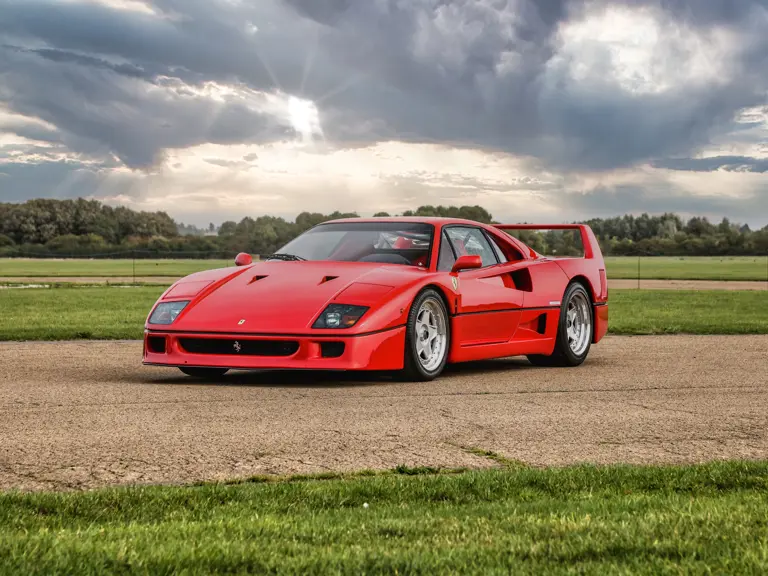
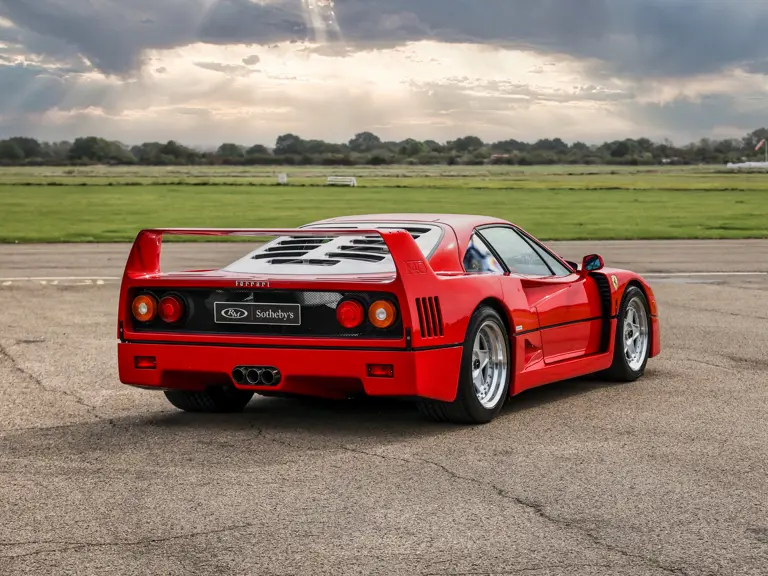



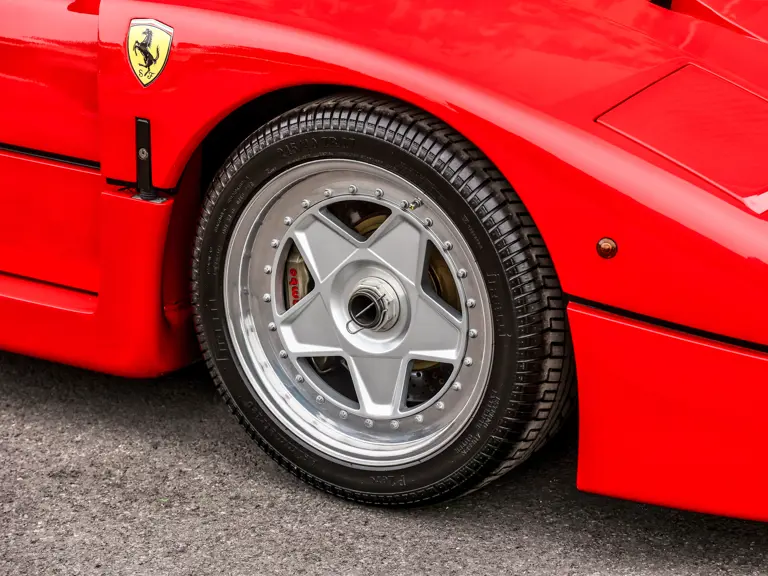
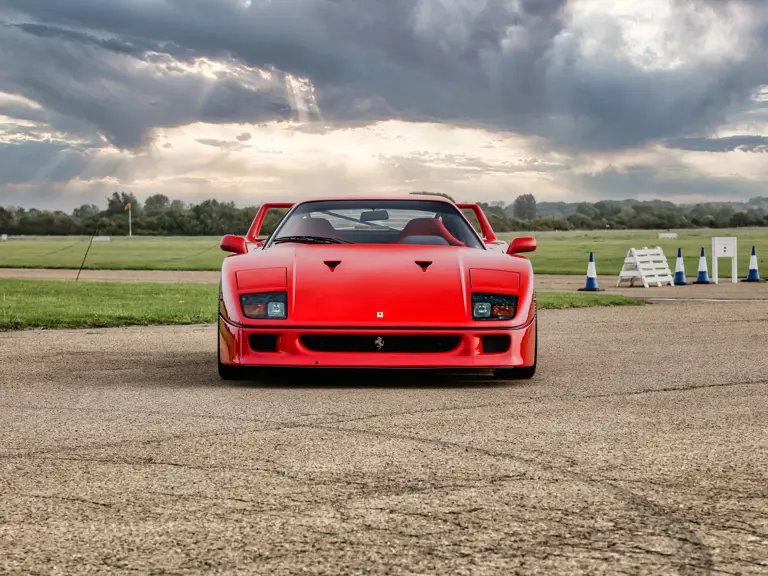
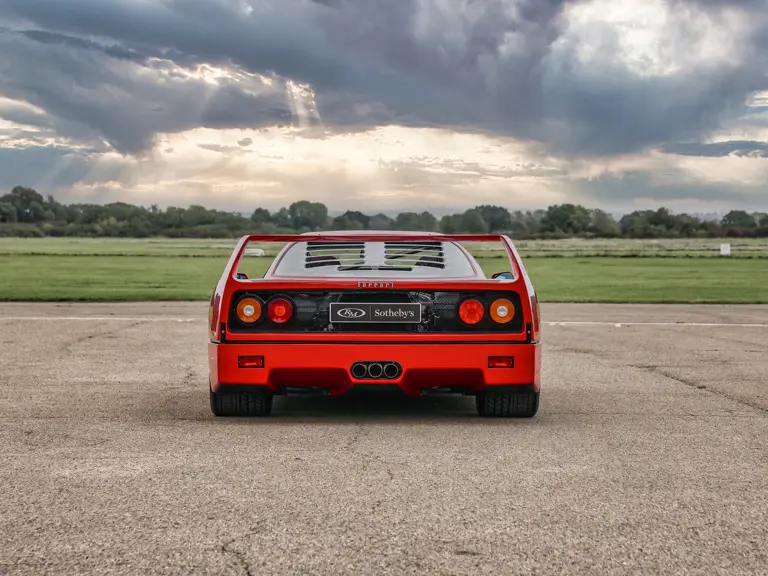


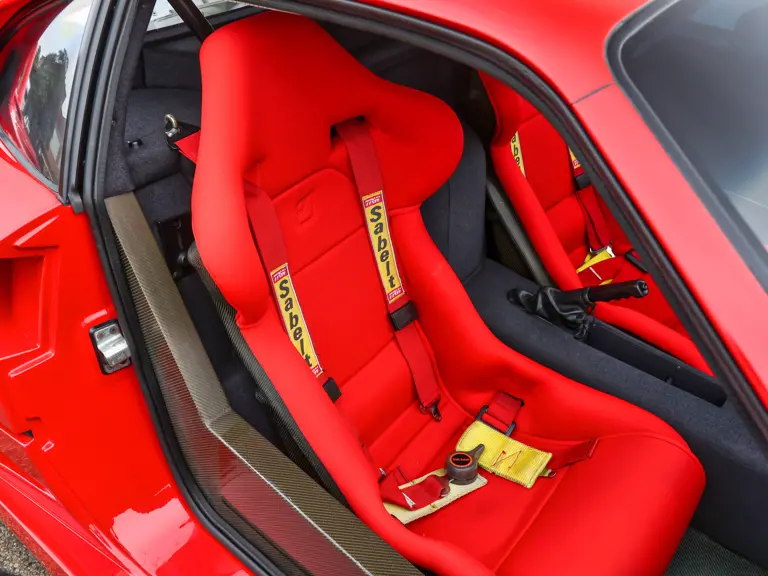
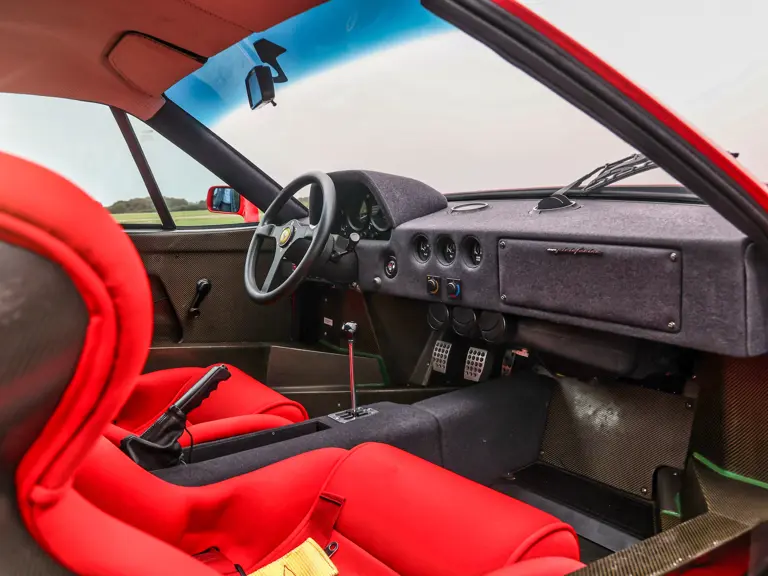
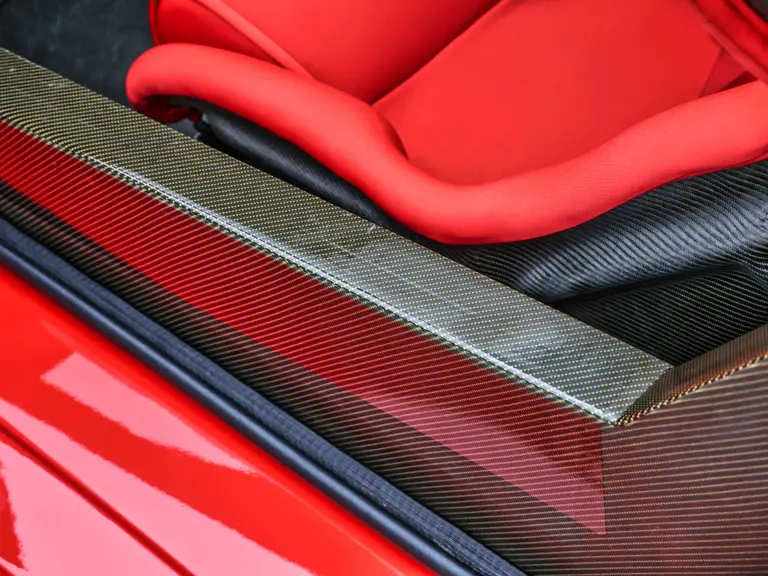
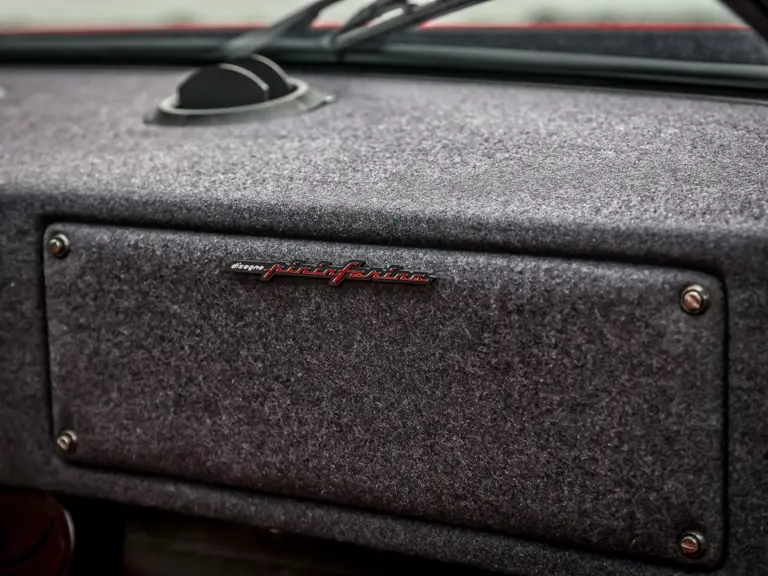

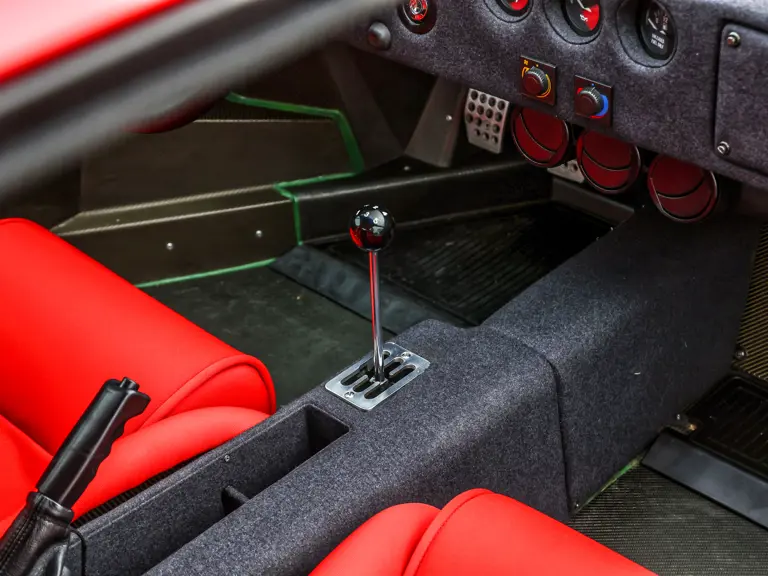
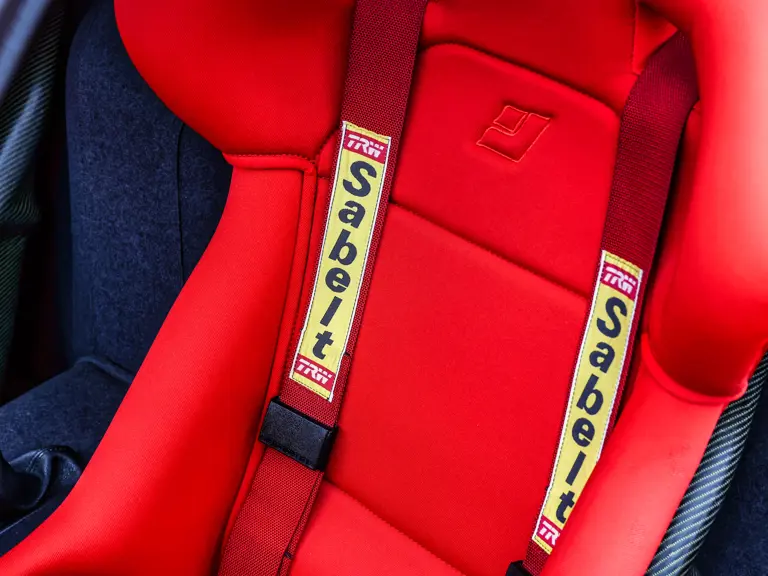

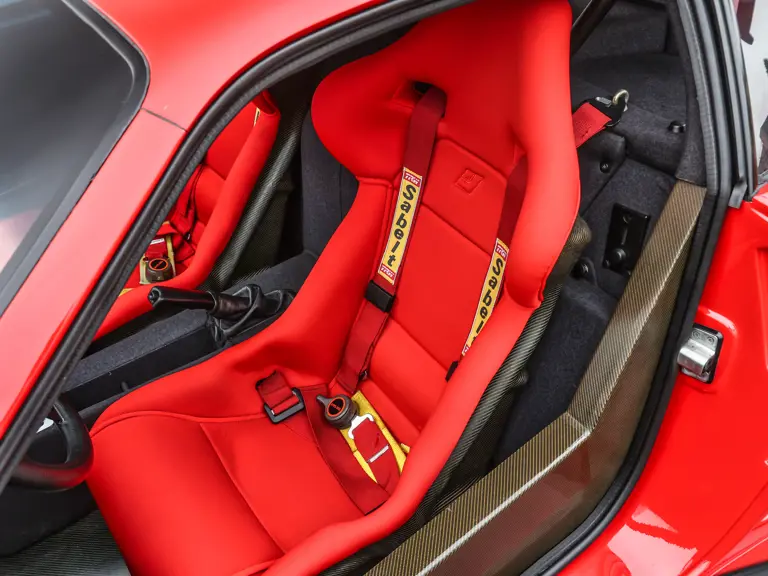
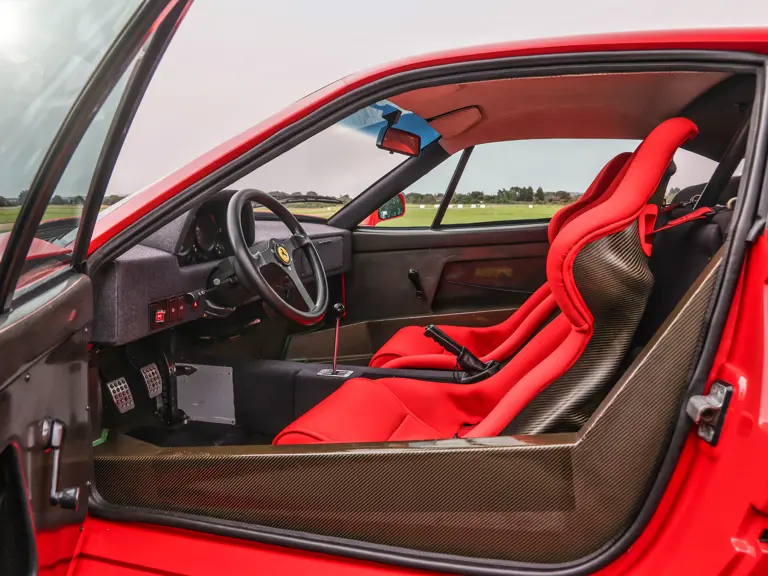
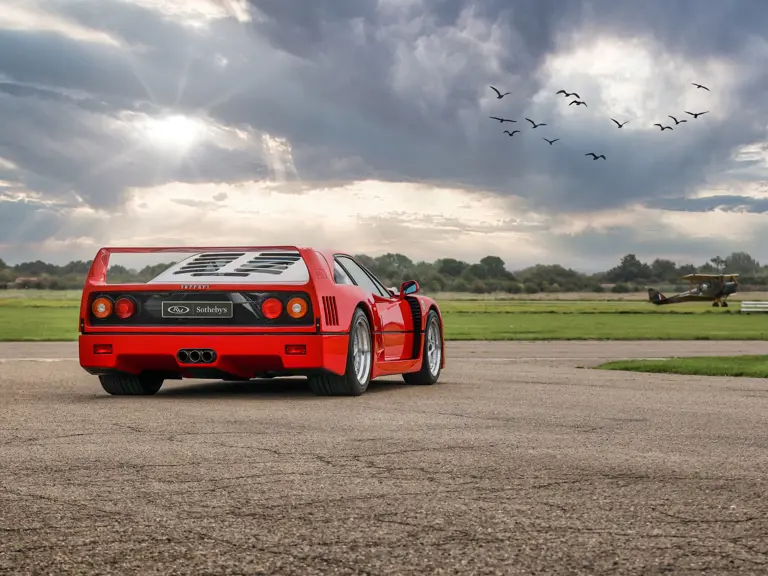
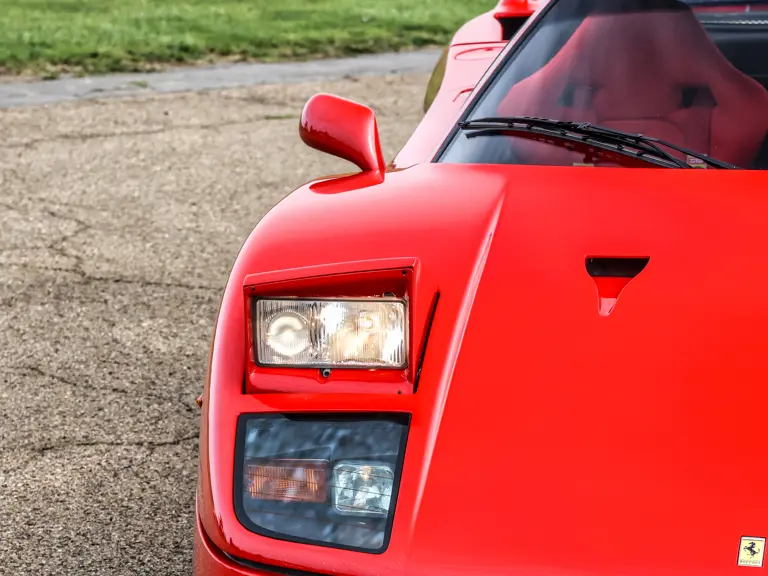
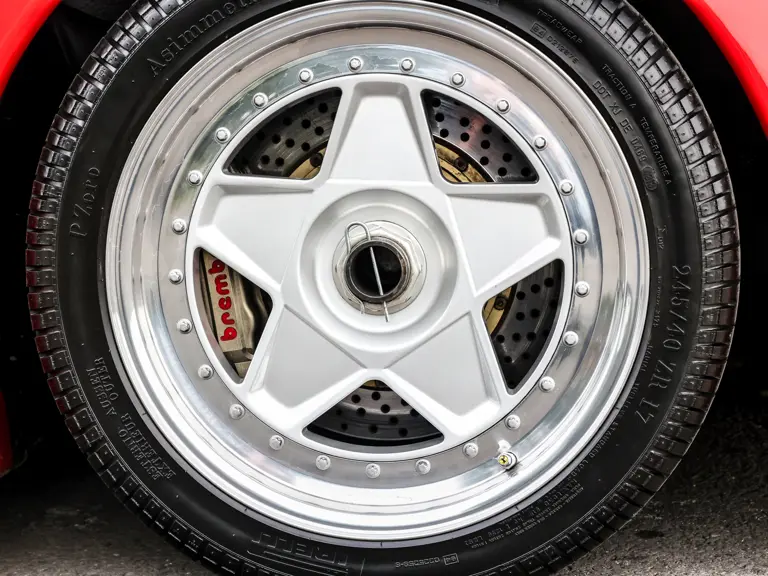
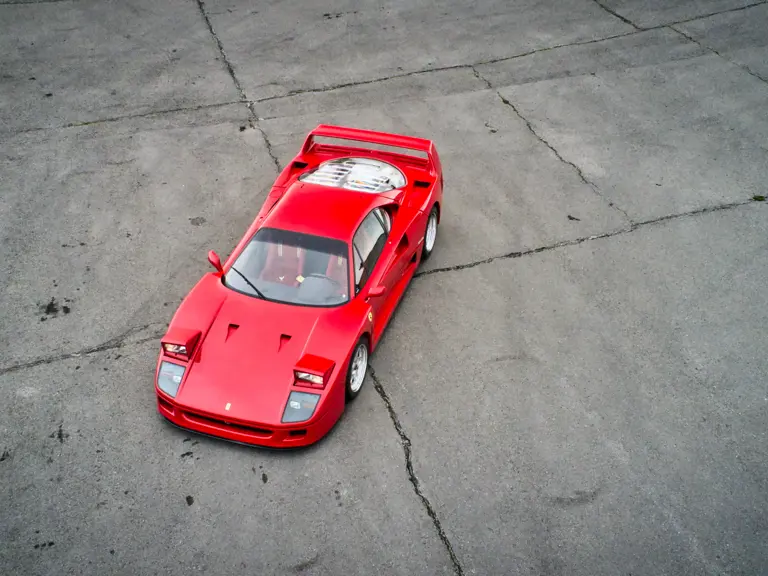
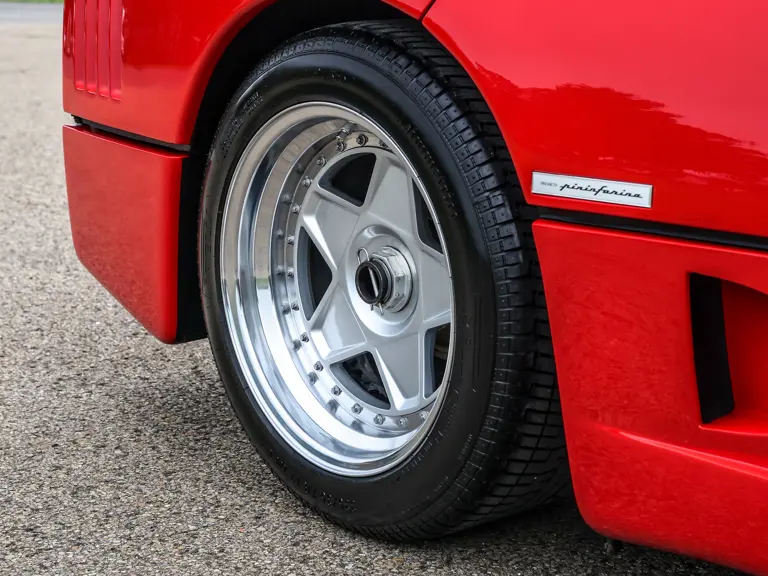
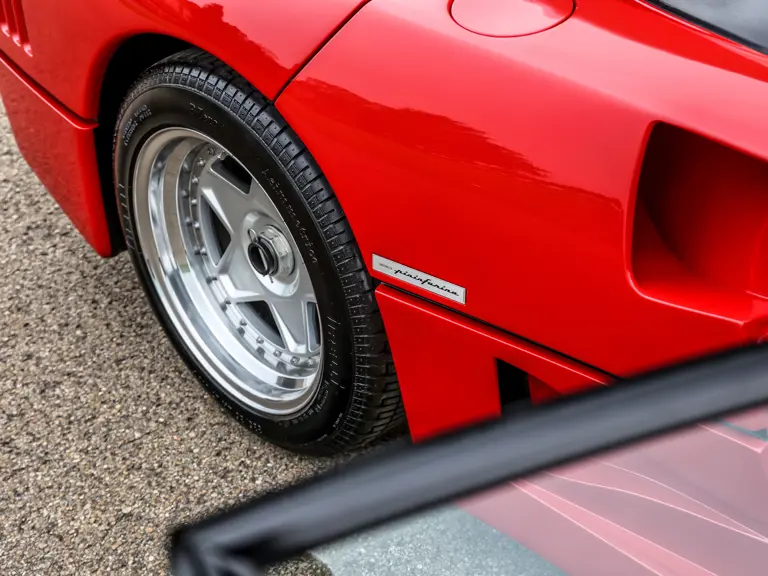
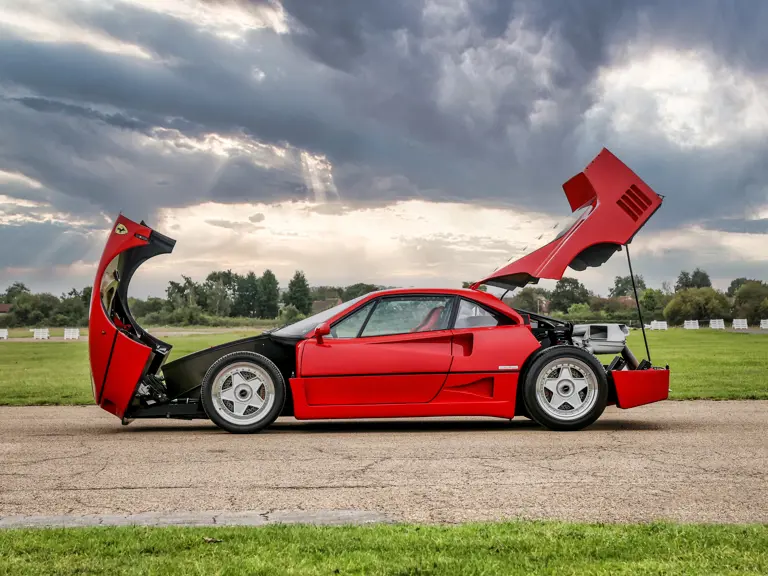
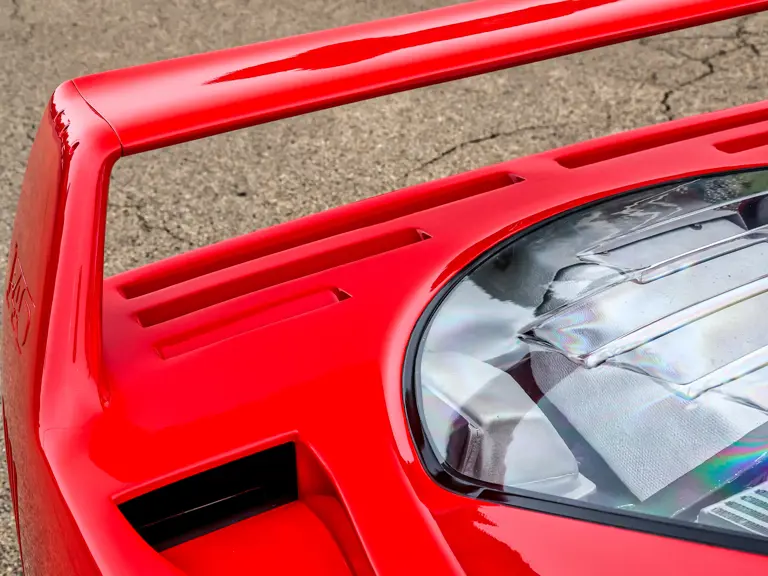
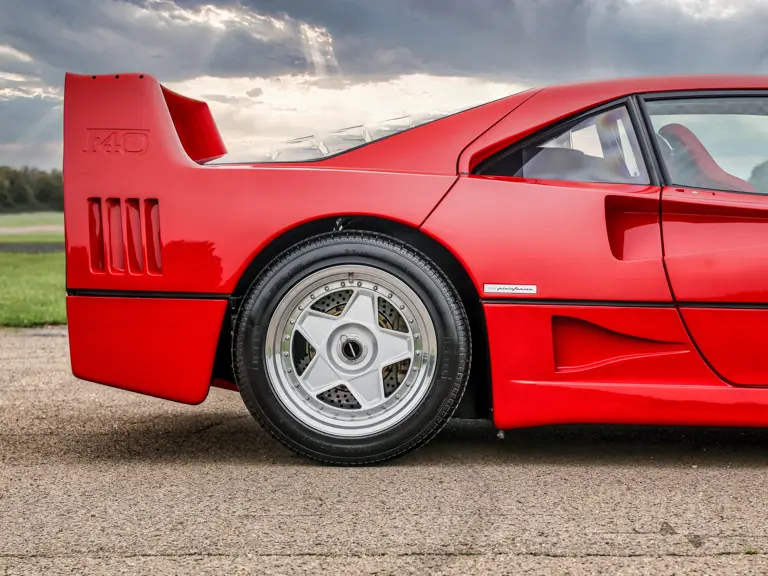
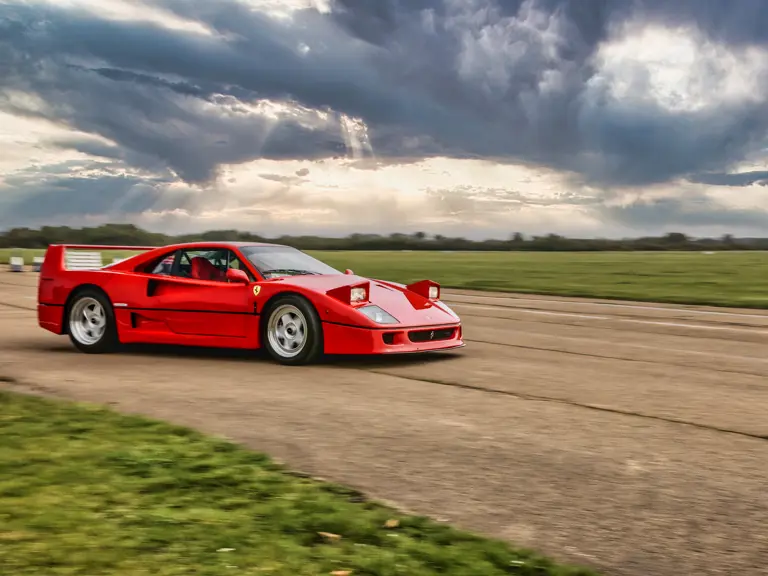

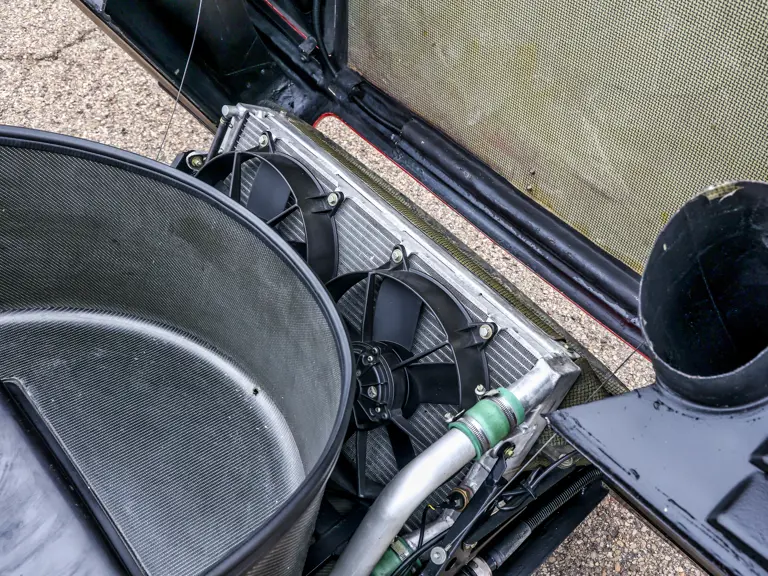
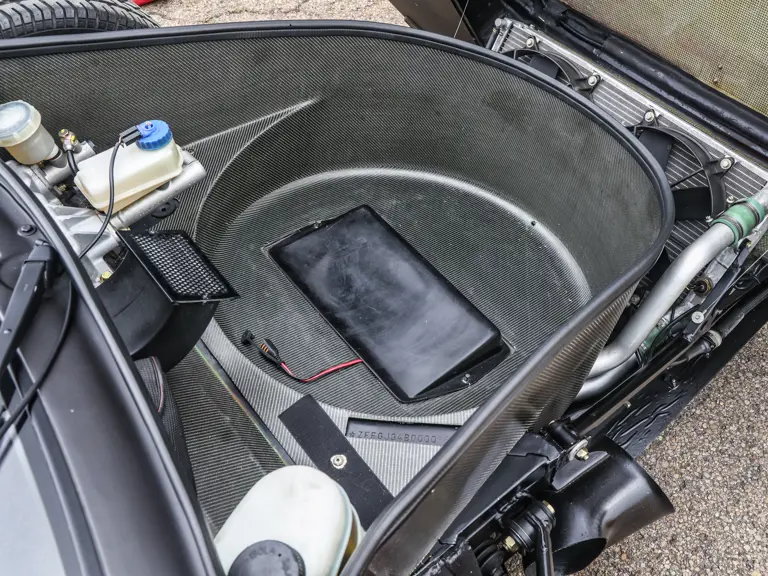
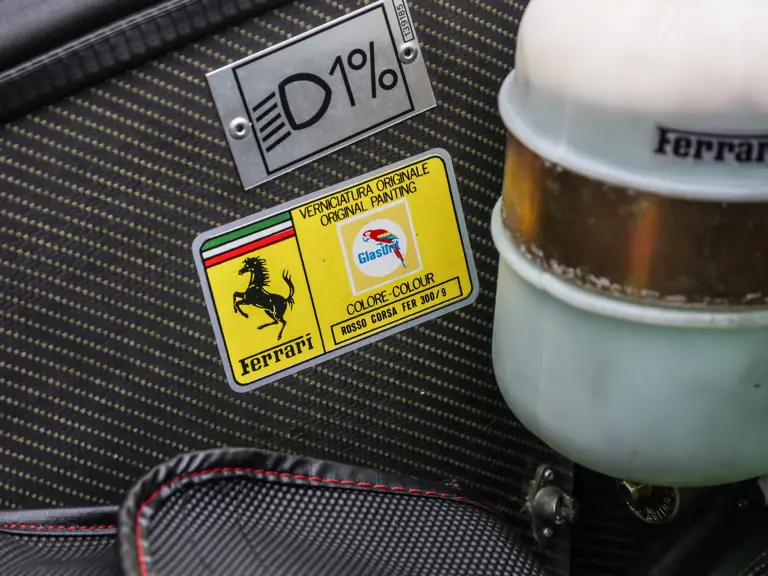
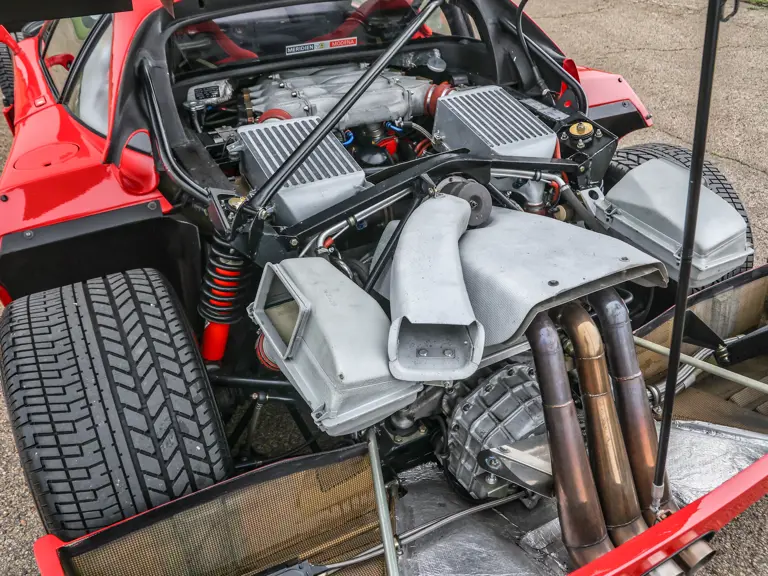


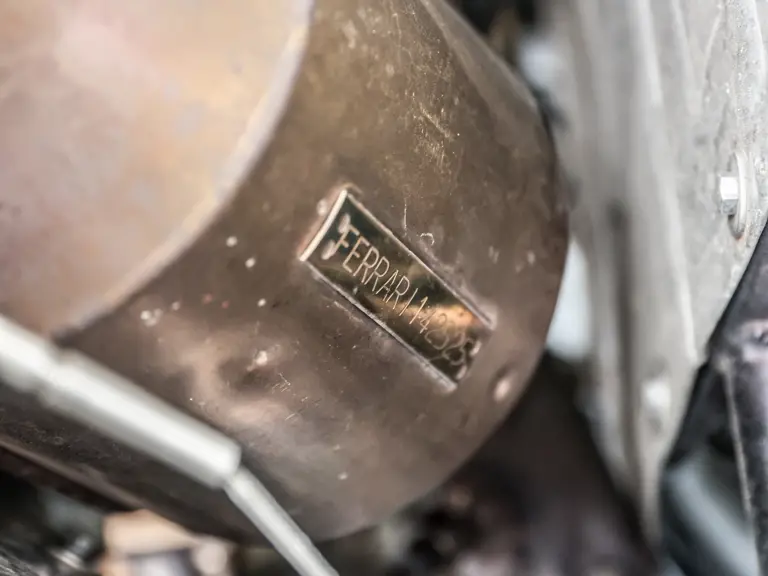
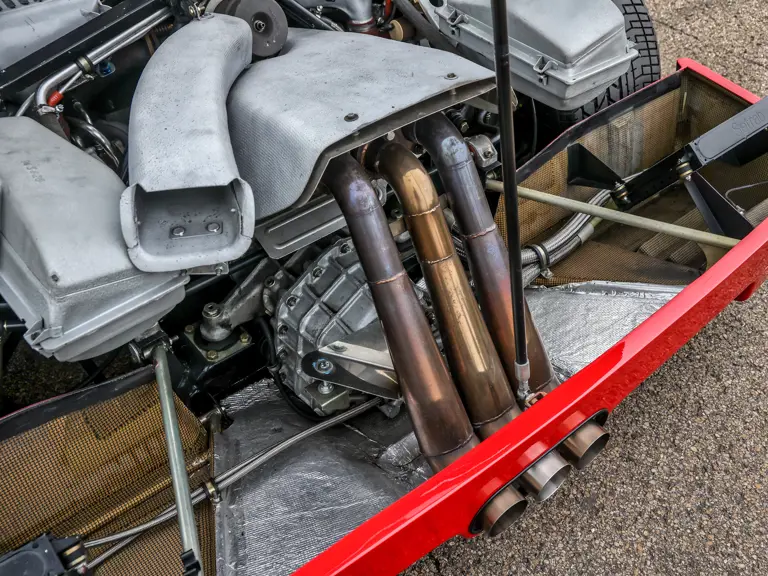


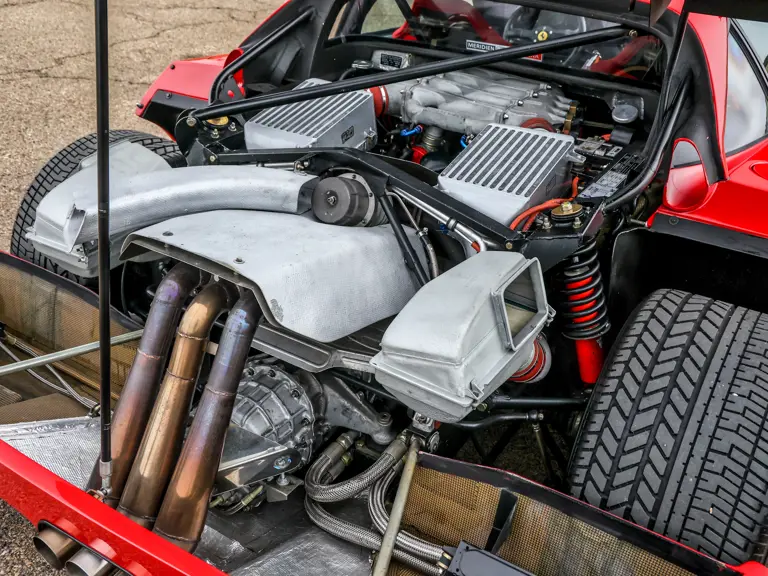
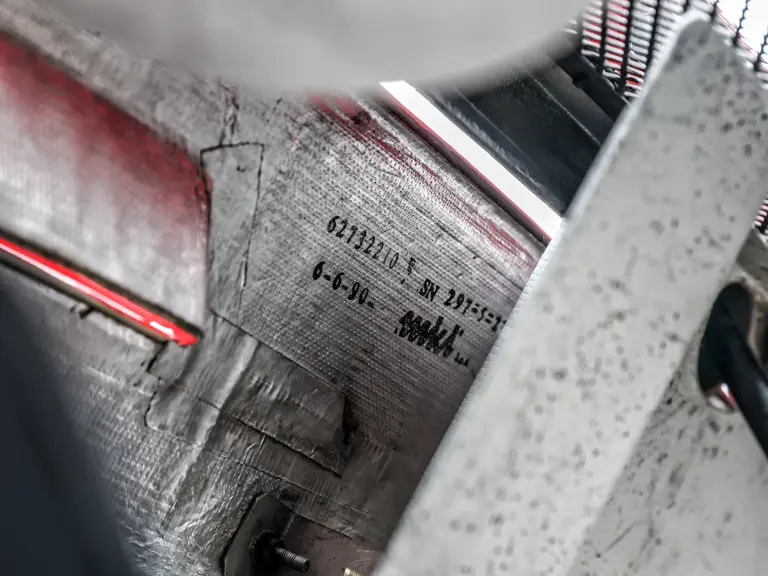




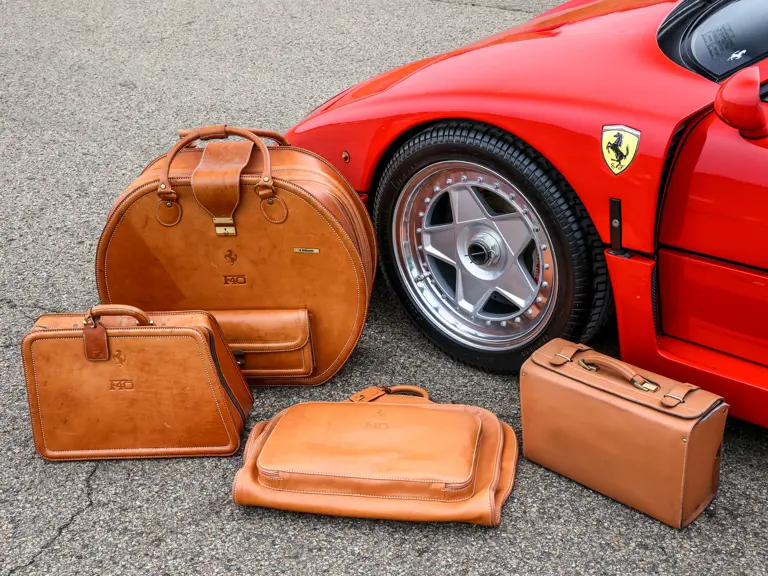
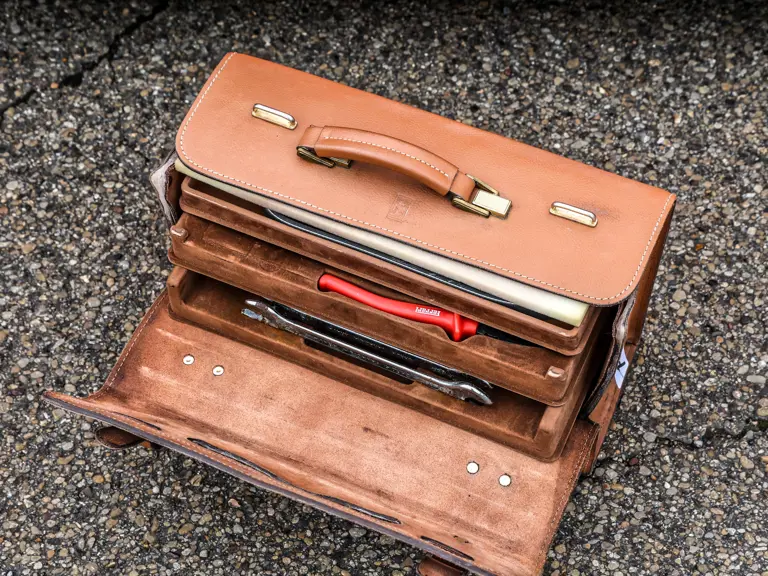
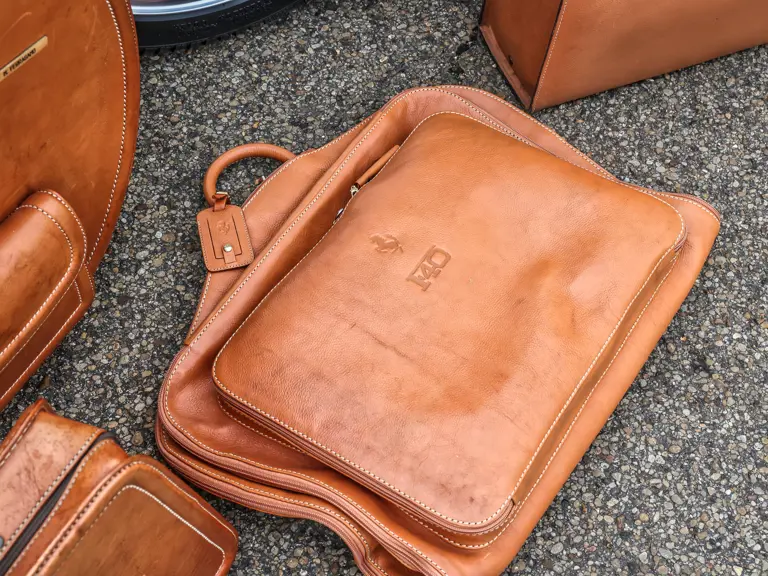
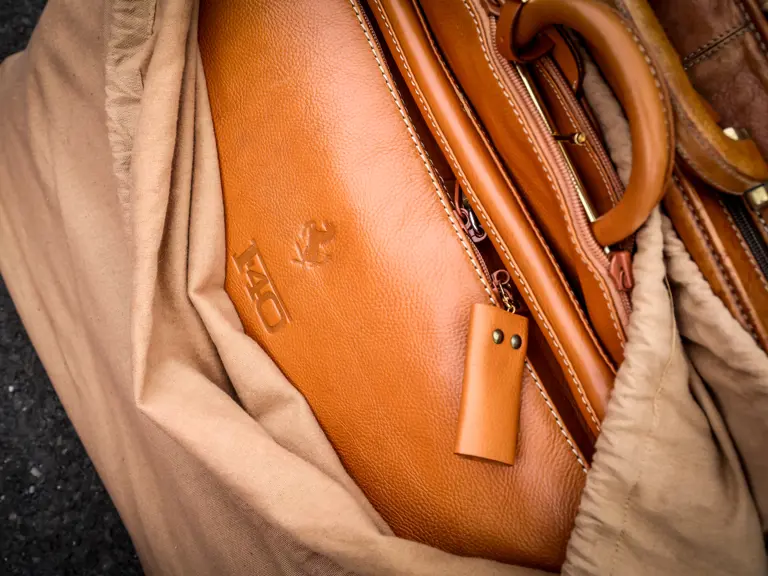

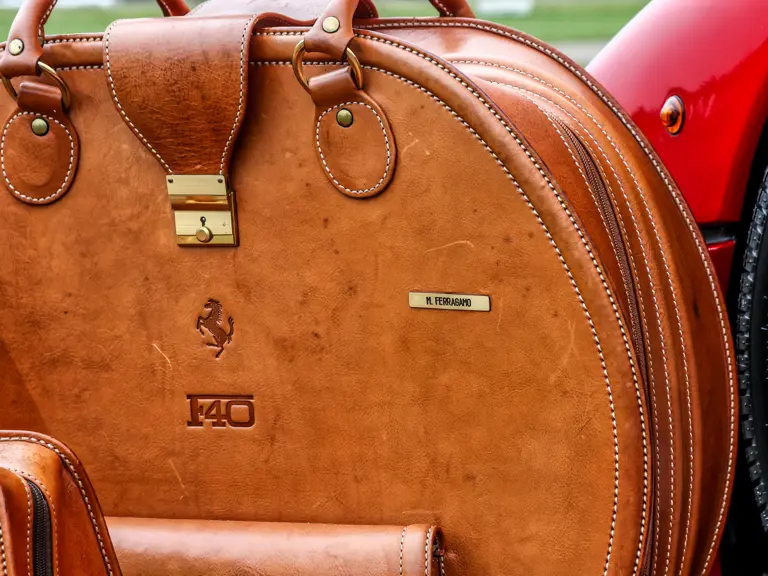
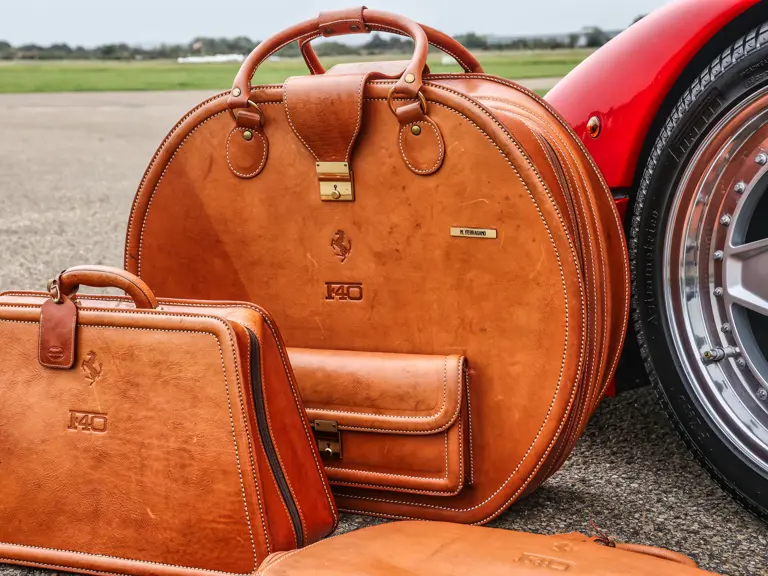
 | London, United Kingdom
| London, United Kingdom

